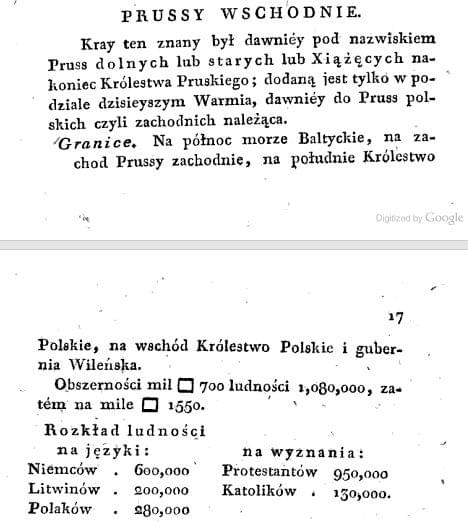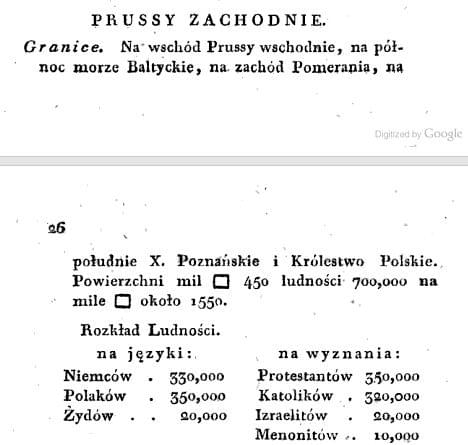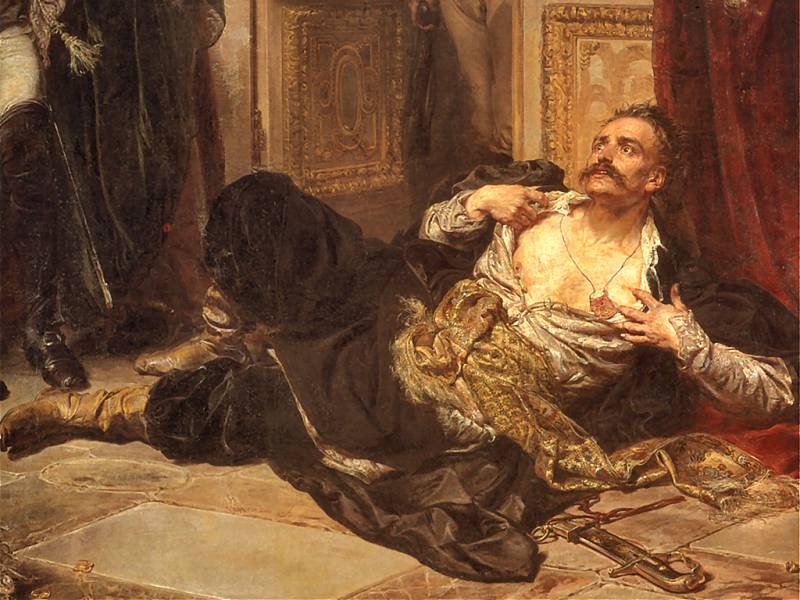Domen
Misico dux Vandalorum
I found him to be the single most likable character in the film. I'm serious.
Me too - he even sent reinforcements for his enemies!:
Link to video.
I found him to be the single most likable character in the film. I'm serious.




Pangur Bán;12838851 said:Domen, you are correct I am sure. But it is worth pointing out that Ukrainians and Belarusians were 'Russian' until relatively recently--and indeed many of them, including ones I know personally,still don't really acknowledge the difference; arguably Belarusians are more 'Russian' because they still use the word 'Rusian', whereas Ukrainians are no longer frequently called Malorusians. 'Russia-proper' is very big, an almost certainly Slavic dialects in places like Novogorod were more distinct from the Suzdalia version than the versions around places like Kiev, Chernigov, Polotsk, and so on, if not places like Volhynia. It's a perverse kind of historical reverse imperialism that anachronizes 'Ukrainian' and 'Belarusian' as historical linguistic identities, but denies it to other 'east Slavic' regions outside the Suzdalia region that gave rise to the Muscovite/ 'Russian' state.
That's not entirely accurate. The Letts' language did not descend from Sanskrit. While their languages have similarities (Hinduism and Baltic paganism also have similarities), that's because they're both Indo-European.Read Marija Gimbutas! The original Letts were their own people. They were not Slavic, Prussian, Russian or Polish. Their original language is an offshoot of Sanskrit. In later times their empire was picked away by the others mentioned.
Latvia and Lithuania are what remains of the Letts, even though their language has been diluted by those other nations.
Although Latvia was officially Christianized centuries before, they only gave up their original faith when christian armies came in and slaughtered them and destroying their places of worship. Today they have as much German, Russian and Slavic blood as Lett.
Pangur Ban said:Domen, you are correct I am sure. But it is worth pointing out that Ukrainians and Belarusians were 'Russian' until relatively recently





 :
:
Tadeusz Reytan (or Tadeusz Rejtan, rarely Reyten;[1] 20 August 1742 – 8 August 1780) was a Polish nobleman. He was a member of the Polish Sejm from the constituency of Nowogródek (today Navahrudak, Belarus). Rejtan is remembered for a dramatic gesture he made in September 1773, as a deputy of the Partition Sejm. There, Rejtan tried to prevent the legalization of the first partition of Poland, a scene that has been immortalized in one of the paintings of Jan Matejko. He has been the subject of many other art works, and is a symbol of patriotism in Poland.[1] Despite his efforts, the partition of Poland was legalized soon afterwards.


You yourself note that these people seem incapable of distinguishing a Kashub from a Pole

You yourself note that these people seem incapable of distinguishing a Kashub from a Pole,
How am I not surprised?But I consider this - i.e. counting Kashubs as Poles - as correct.
